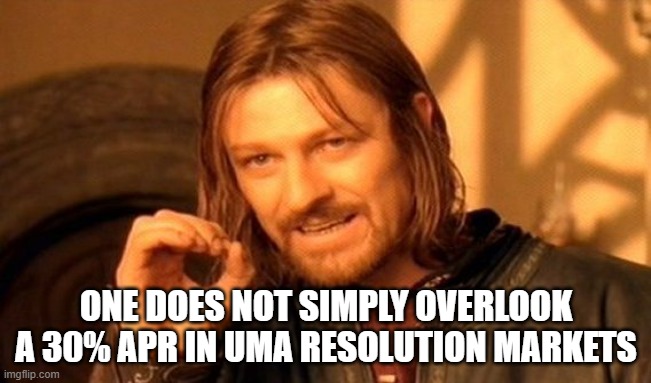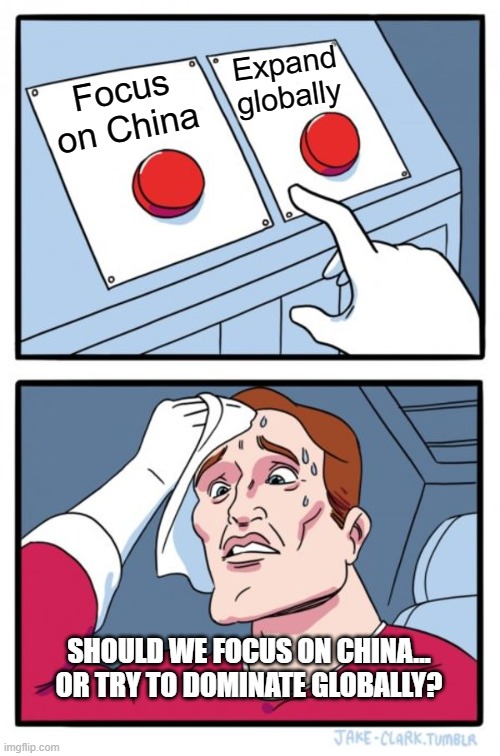In recent years, prediction markets have gained attention as a fascinating tool for decision-making in politics and business.
These markets allow individuals to bet on the likelihood of future events, providing a unique opportunity to capitalize on what others may consider improbable.
From betting on whether Mark Zuckerberg will step down as Facebook’s CEO by the end of 2024 to predicting if the UK will experience a civil war, prediction markets are opening up new avenues for strategic thinking and, potentially, solid earnings.
The Thrill of Betting on the Unlikely
The world is full of unexpected events, and some people believe in them so strongly that they are willing to stake money on their occurrence.
This is where prediction markets, such as Polymarket, come into play. These platforms allow users to bet on events that may seem unlikely but are still possible.
For example, the chances of Zuckerberg stepping down are currently estimated at around 2-4%. While this may seem like a long shot, the possibility of earning significant returns from such a bet cannot be overlooked.
One of the most intriguing aspects of prediction markets is the potential for arbitrage opportunities. If you can identify events where the market’s probability is mispriced,
you can make strategic bets that offer a much lower risk compared to traditional trading. Imagine earning 15-30% annual returns with considerably less risk than typical market trades.
Exploring the World of UMA
Another interesting facet of prediction markets is the concept of resolution markets, which determine the outcomes of bets.
One of the platforms leading the way in this space is UMA (Universal Market Access). UMA offers a decentralized platform for prediction markets, insurance, and traders,
providing economically sound and provable answers to controversial questions. UMA promises an annual percentage rate (APR) of 30%, but it does require active participation—such as answering questions—to earn those returns.
Why Prediction Markets Matter
Prediction markets are more than just a way to make money—they can also serve as a tool for decision-making. By aggregating the collective wisdom of the crowd,
these markets can provide valuable insights into the likelihood of various outcomes. This information can be particularly useful for businesses and policymakers looking to navigate uncertain environments.
In essence, prediction markets combine the thrill of betting with the potential for strategic decision-making and profit. Whether you’re interested in forecasting major political shifts or simply looking for a new way to invest,
prediction markets like Polymarket and UMA offer a world of possibilities.
Conclusion
Prediction markets are not just about gambling on improbable events; they represent a growing field where smart, calculated risks can lead to substantial rewards.
The key lies in understanding the odds, identifying arbitrage opportunities, and participating in resolution markets. As more people become aware of these opportunities,
prediction markets are likely to play an increasingly important role in both the financial world and beyond.
Read the article: “Uncovering Hidden Opportunities in Prediction Markets: How to Profit from the Unexpected”



